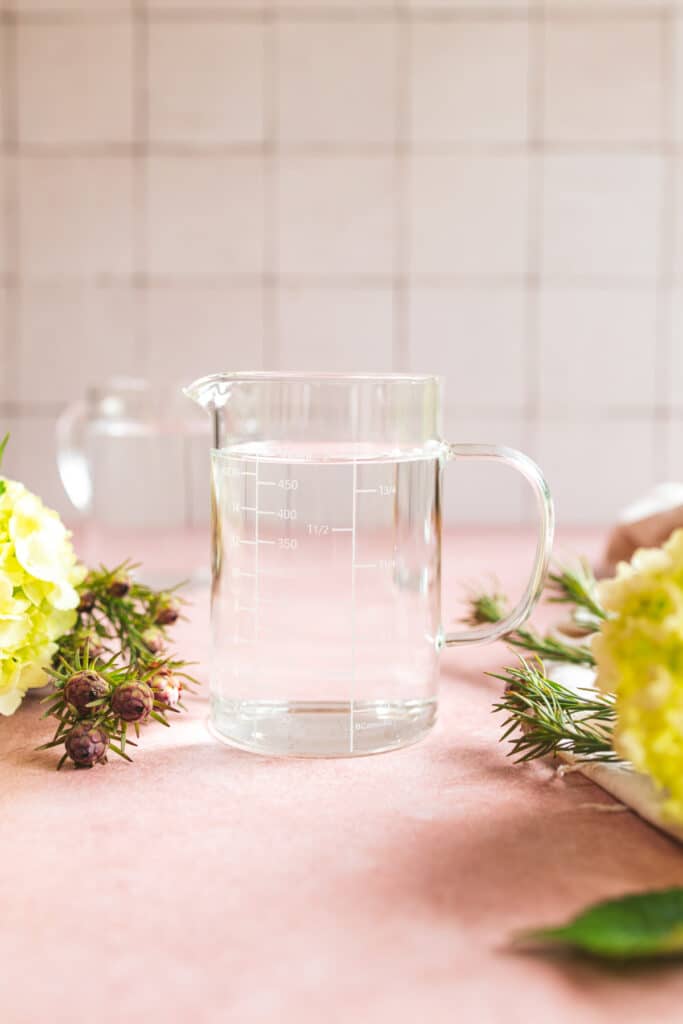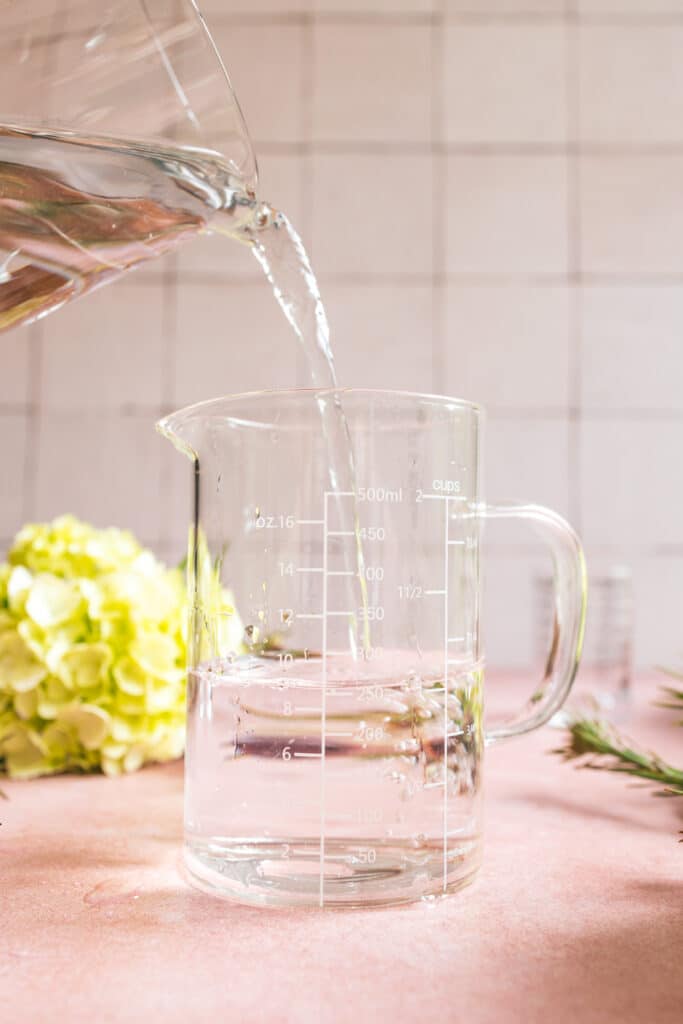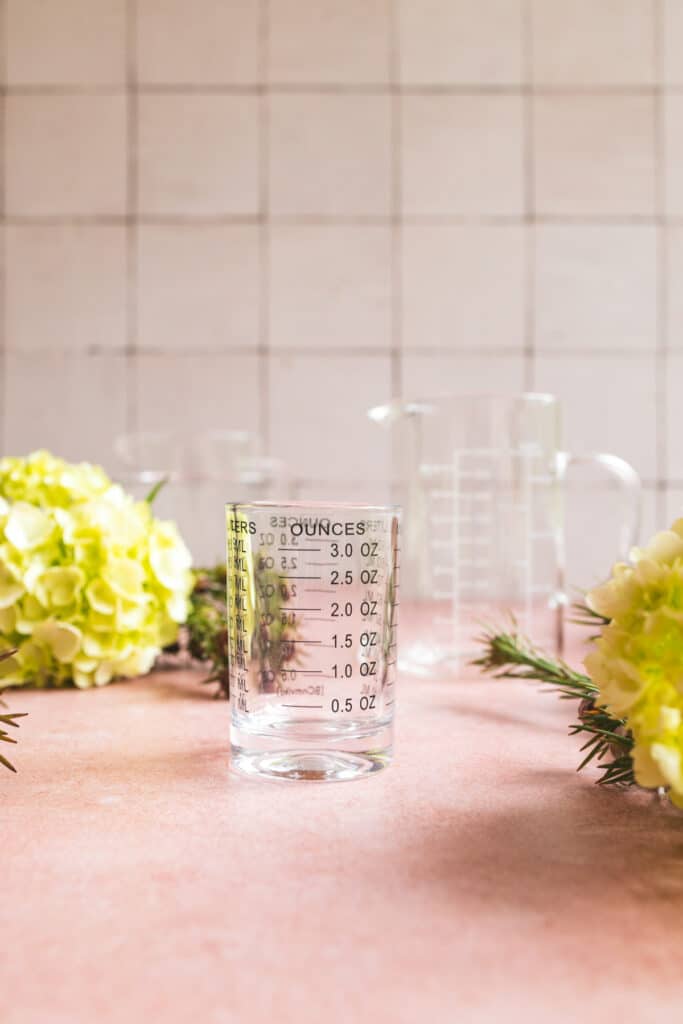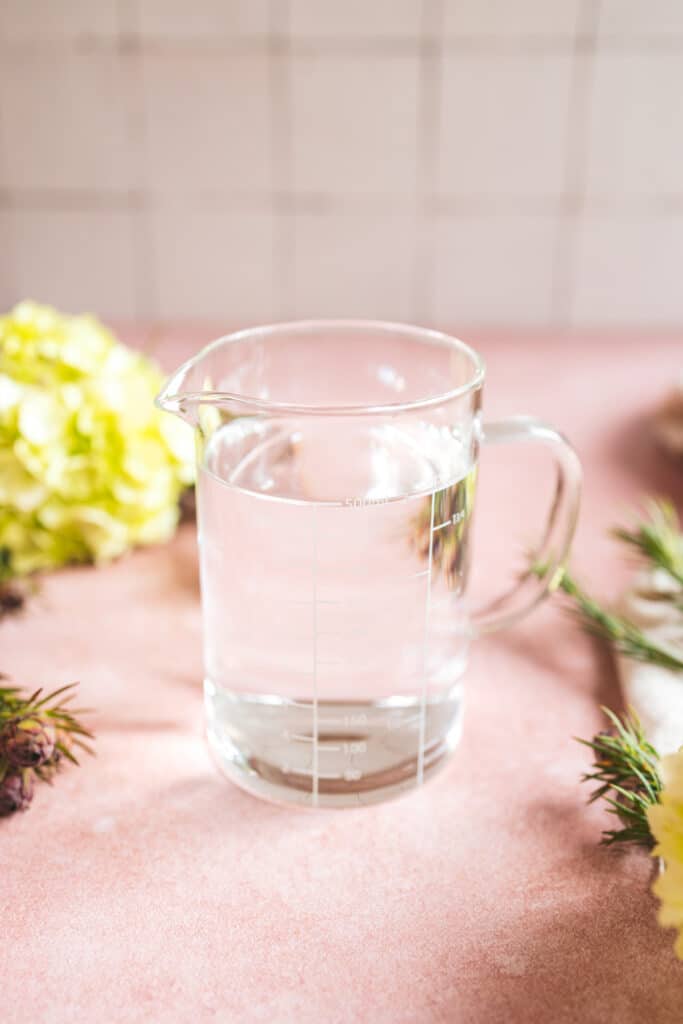Looking for the quick answer to the question, “How many ounces in a liter?”. There are 33.8 fluid ounces in a liter. Yet, there is so much more behind this popular conversion. Whether you’re a home cook, a baker, or simply someone who wants to understand fluid measurements, knowing the conversion between ounces and liters is essential.
This post contains affiliate links.

Here, we will explore the relationship between these two units of measurement and provide you with a clear understanding of how many ounces are really in a liter. Whether you’re following a recipe or working with liquid volumes, this knowledge will help you make accurate measurements and ensure the success of your culinary endeavors. So, let’s dive in and unravel the mystery of ounces and liters!
What is an ounce?
An ounce is a unit of weight that is commonly used in the United States and other countries that follow the imperial or U.S. customary systems of measurement. The word “ounce” comes from the Latin word “uncia,” which means a twelfth part. It was first used a long time ago to measure things like precious metals and goods that people bought and sold.
Current Day Uses
Even today, ounces are used in different industries like cooking, medicine, and manufacturing. In the United States, people often use ounces to measure ingredients when they are cooking or baking. Doctors and pharmacists may also use ounces to measure medications. In manufacturing, us fluid ounces can be used to measure things like liquids or chemicals.
The Metric System And Ounces
However, in the vast majority of the rest of the world, people use a different system of measurement called the metric system. In the metric system, grams and kilograms are used to measure weight. The metric system is more widely used and accepted globally.
Even though the metric system is more popular, the ounce still has its place in certain situations. It continues to be used in specific applications and contexts, especially in countries that follow imperial measurements. So, while grams and kilograms are more common in many parts of the world, the ounce remains an important unit of weight in some places and industries.

Liquid Ounce Versus Dry Ounce
It is also important to note that there is a difference between measuring liquids and dry items in ounces. Although dry ounces and fluid ounces are both units of measurement used to quantify volume, they are used to measure different types of substances. Dry ounces (oz) are typically used to measure solid ingredients, such as flour, sugar, or grains. They represent weight rather than volume. On the other hand, fluid ounces (fl oz) are used to measure liquids, such as water, milk, or juice. Fluid ounces represent the volume of a liquid. It’s important to note that the fluid ounce of one substance may have a different weight than a dry ounce of another substance due to variations in density.
Common Ounce Measurement Terms
- Imperial fluid ounces
- Imperial units
- Liquid ounce
- Troy ounce
- US customary system
- Customary fluid ounce
Common Ounce Abbreviations
- Fl oz
- oz

What is a liter?
A liter is a measurement that we use to talk about how much space something takes up. We use liters when we want to know how much liquid is in a container, such as a liter bottle. It’s written as “L” or “l” and is the same as 1,000 cubic centimeters or 1,000 milliliters. The word “liter” comes from the French word “litre,” which comes from the Latin word “litra,” which means a way to measure weight. At first, people wanted it to be the same as a cube with sides that are one-tenth of a meter long.
Nowadays, people all over the world use liters to measure liquids like water and drinks. It’s the standard way to talk about volume in countries that use the metric system. Using liters makes it easier because it’s the same everywhere, unlike fluid ounces that are used in the imperial system. So, when we want to know how much liquid is in something, we can use liters to find out quickly and easily.
Common Liter Measurement Terms
- A customary unit of volume
- Metric unit of volume
- mL of water
- Si unit
Common Liter Abbreviations
- L
- l
- mL

How many fluid ounces are in a liter?
In the world of fluid measurements, understanding the conversion between liters and fluid ounces is essential. To be precise, there are approximately 33.8 fluid ounces in a liter. This conversion is commonly used when dealing with liquids, especially in culinary recipes, beverage servings, and international fluid volume comparisons.
How many ounces in a liter of water?
If you’re wondering how many ounces are in a liter of water, the answer remains the same as the general conversion rate for fluid ounces to liters. There are approximately 33.8 fluid ounces in a liter. This conversion holds true whether you are dealing with liters of water, other beverages, or any liquid ingredients.

How many ounces in a liter of fluid?
When it comes to measuring fluids, a liter is equal to approximately 33.8 fluid ounces. However, it’s crucial to distinguish between a dry liter and a liquid liter. A dry liter is used to measure bulk materials like grains or flour, and it is equivalent to about 35.3 ounces. On the other hand, a liter of liquid, which is commonly used for liquids such as water or juice, amounts to roughly 33.8 fluid ounces. So, depending on whether you’re measuring dry or liquid substances, the conversion from liters to ounces will differ slightly.
How many ounces in a liter of Coke?
The answer remains the same as the standard conversion rate. There are approximately 33.8 fluid ounces in a liter of Coke-Cola. In terms of ounces and liters, each unit of measurement measures volume, not weight. When weighing carbonated drinks, keep in mind that the density will be higher than non-carbonated drinks. This means carbonated drinks are heavier than non-carbonated drinks.

Fluid Oz In A Liter Conversion Chart
Discover the convenience of a fluid-ounce-to-liter conversion table below. Easily convert between these units for accurate liquid measurements without having to use online calculators. Learn the exact conversions in the following table.
| Fluid Ounces | Liters | Millileters |
|---|---|---|
| 1 | 0.03 | 29.57 |
| 2 | 0.06 | 59.15 |
| 4 | 0.12 | 118.29 |
| 6 | 0.18 | 177.44 |
| 8 | 0.24 | 236.59 |
| 12 | 0.35 | 354.88 |
| 16 | 0.47 | 473.18 |
| 20 | 0.59 | 591.47 |
| 24 | 0.71 | 709.77 |
| 32 | 0.95 | 946.35 |
| 33.814 | 1.00 | 1000.00 |
| 67.628 | 2.00 | 2000.00 |
| 101.442 | 3.00 | 3000.00 |
| 135.256 | 4.00 | 4000.00 |
What is the best way to measure ounces in a liter?
When it comes to accurately measuring ounces within a liter, you have two dependable options at your disposal. The first option involves using a measuring cup specifically designed for liquids. These cups typically have clear markings that indicate the volume of the liquid. To measure ounces, simply fill the cup up to the desired level, and you will be able to see the ounces directly. This method is straightforward and convenient, providing a direct measurement of ounces within a liter.
Another reliable method is to employ a kitchen scale. By weighing the liquid in ounces, taking into account its density, you can then convert the weight to fluid ounces. This method requires a bit more calculation and understanding of density, but it can yield precise results. It is particularly useful when dealing with liquids of varying densities or when precise measurements are required for scientific or culinary purposes.
Both of these methods ensure reliable and accurate measurements of ounces within a liter. Depending on your preference and the specific situation, you can choose the method that suits you best. Whether you are cooking a recipe that calls for a specific amount of liquid or conducting scientific experiments that demand precise measurements, these techniques will enable you to confidently measure ounces within a liter.

Free Download: Ounces To Liter Conversion Chart
FAQ
No, 32 ounces is not the same as 1 liter. Although they are similar, 1 liter is a little more than 32 ounces, around 33.8 ounces to be exact. So, if you have 32 ounces, it’s slightly less than a liter. This difference is important for home cooks converting between ounces and liters, especially in recipes or when comparing amounts of liquid. The use of accurate measurement is important for professional chefs, health experts, and for your favorite recipes.
To determine how many 8-ounce cups make up a liter, we need to do a conversion calculation. Since 1 liter is equal to approximately 33.8 fluid ounces, we divide 33.8 by 8. This gives us approximately 4.225. Therefore, there are around 4.225 cups of 8 ounces in a liter. Keep in mind that this is an approximate value, as cups can vary slightly in size.
No, 64 ounces is not exactly equal to 2 liters. While they are close in value, 2 liters is equivalent to approximately 67.6 fluid ounces. Therefore, 64 ounces is slightly less than 2 liters. It’s important to note the difference between the two measurements, especially when converting between them for accurate liquid measurements. Being aware of this distinction ensures precision in your calculations and helps you maintain the correct proportions when working with different units of measurement.
No, 4 liters are not the same as 1 gallon. While they are both units of volume, the main difference is their conversion values. One gallon is equivalent to approximately 3.785 liters. Therefore, 4 liters is slightly more than 1 gallon. It’s important to be aware of this difference when converting between gallons and liters, as using the incorrect conversion factor can lead to inaccurate measurements. This conversion can also be used when converting half gallons to liters.
No, 1 liter is not equivalent to half a gallon. A gallon is a larger unit of volume than a liter, measuring approximately 3.785 liters. Therefore, 1 liter is less than a quarter of a gallon in terms of volume. It’s important to be aware of this distinction when converting between liters and gallons.

Final Words
To summarize, having a clear grasp of the conversion between ounces and liters is essential for precise measurements. It’s important to keep in mind that 1 liter is roughly equal to 33.8 fluid ounces. This understanding empowers you to confidently convert between these units, guaranteeing accuracy in various endeavors such as cooking, crafting, and mathematical calculations. By mastering this conversion, you equip yourself with a valuable tool for successful and reliable measurement conversions.
More Measurement Guides
Cups Conversions
This post may contain affiliate links, meaning I’ll receive a commission if you purchase through those links at no extra cost to you. Please read our full disclosure for more information. Thank you for supporting Raepublic.
